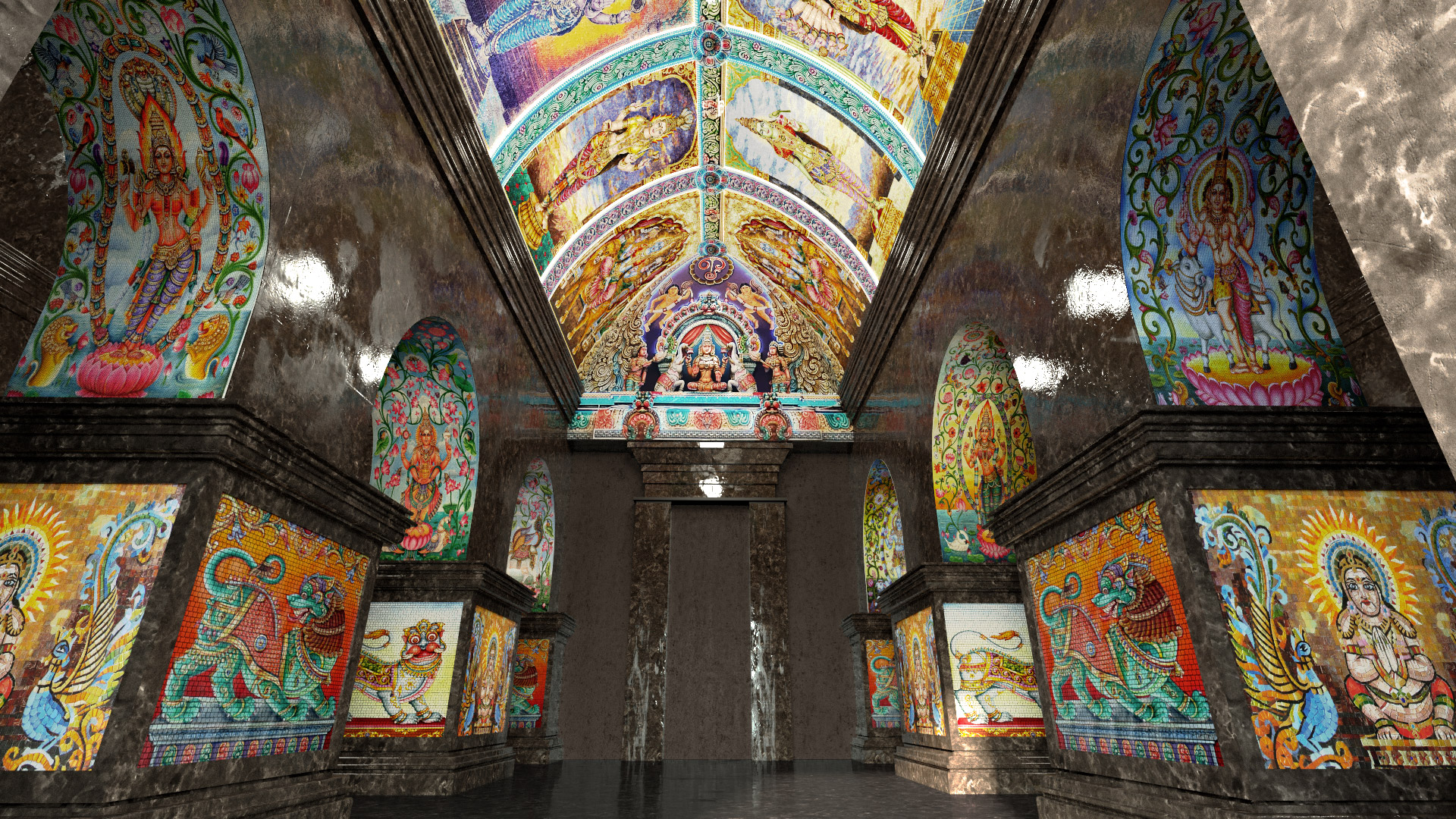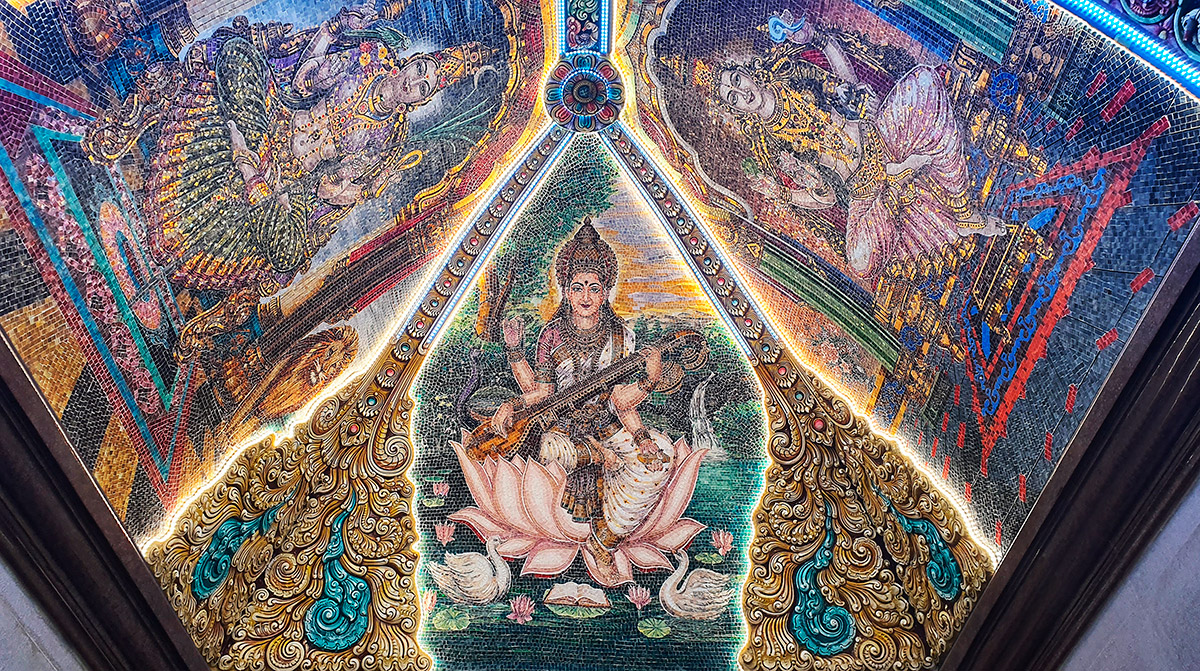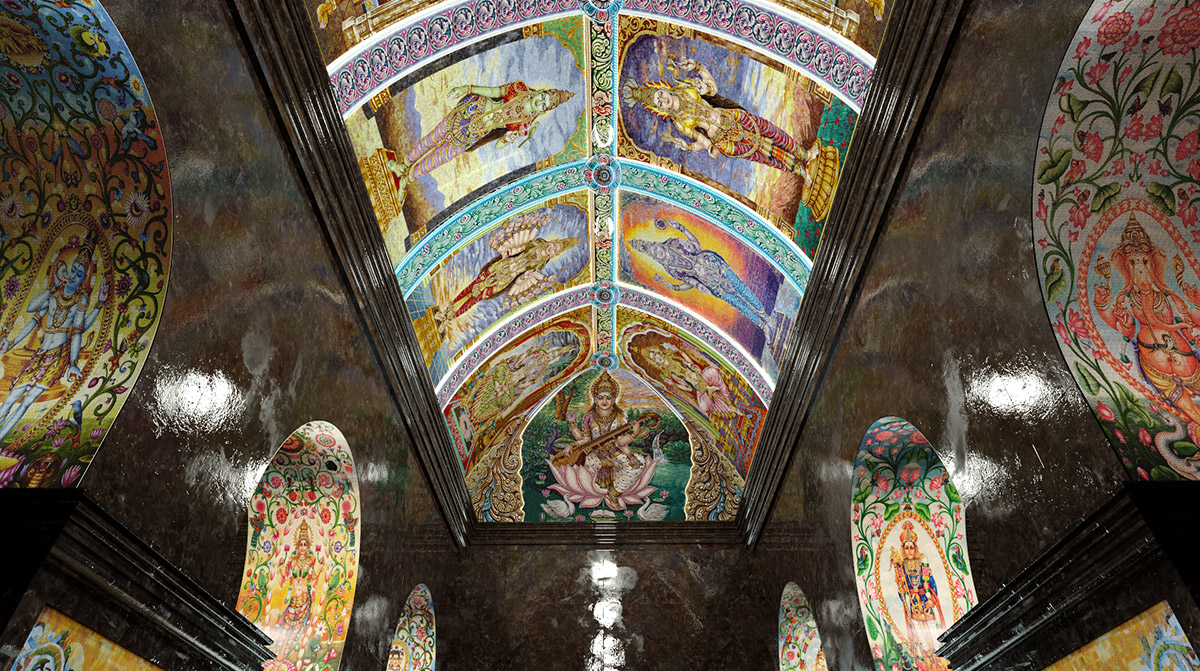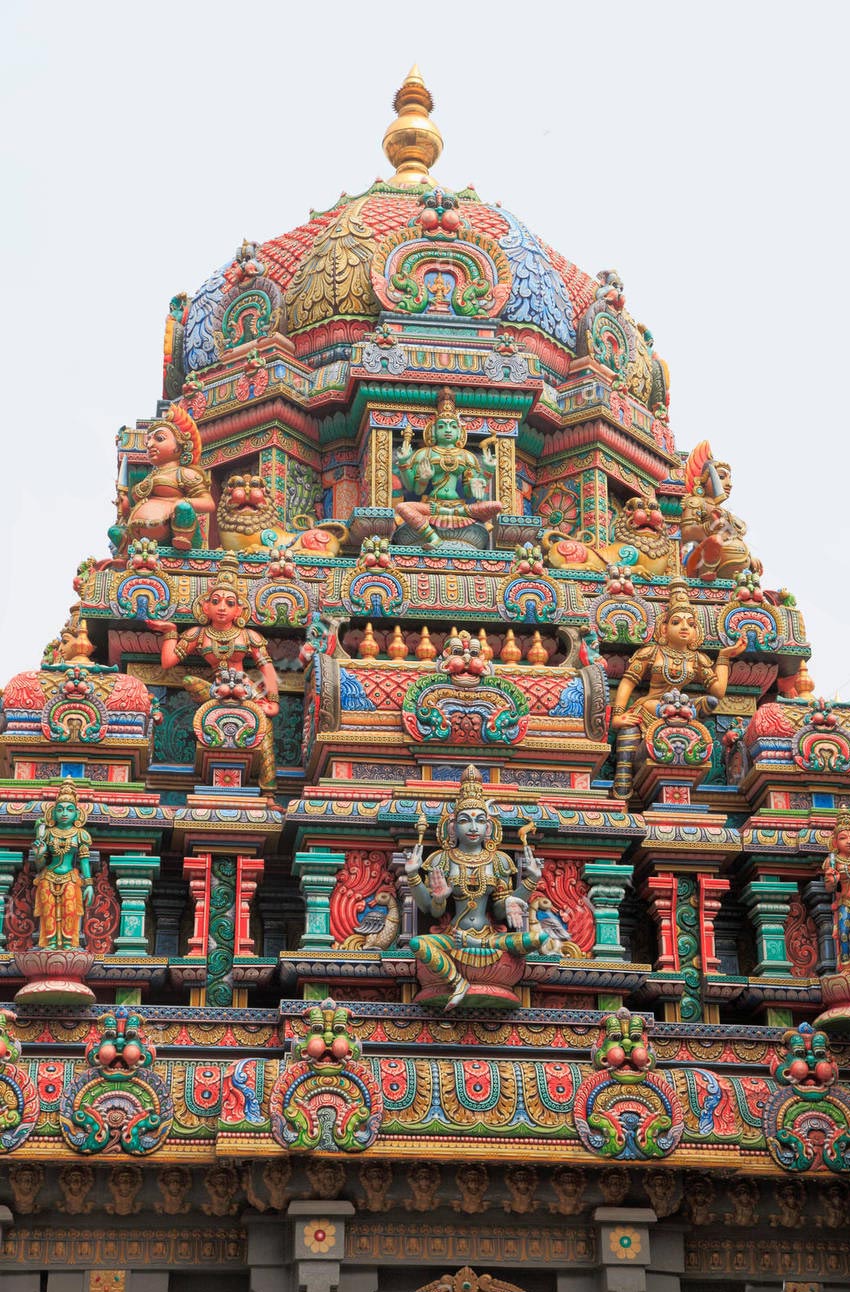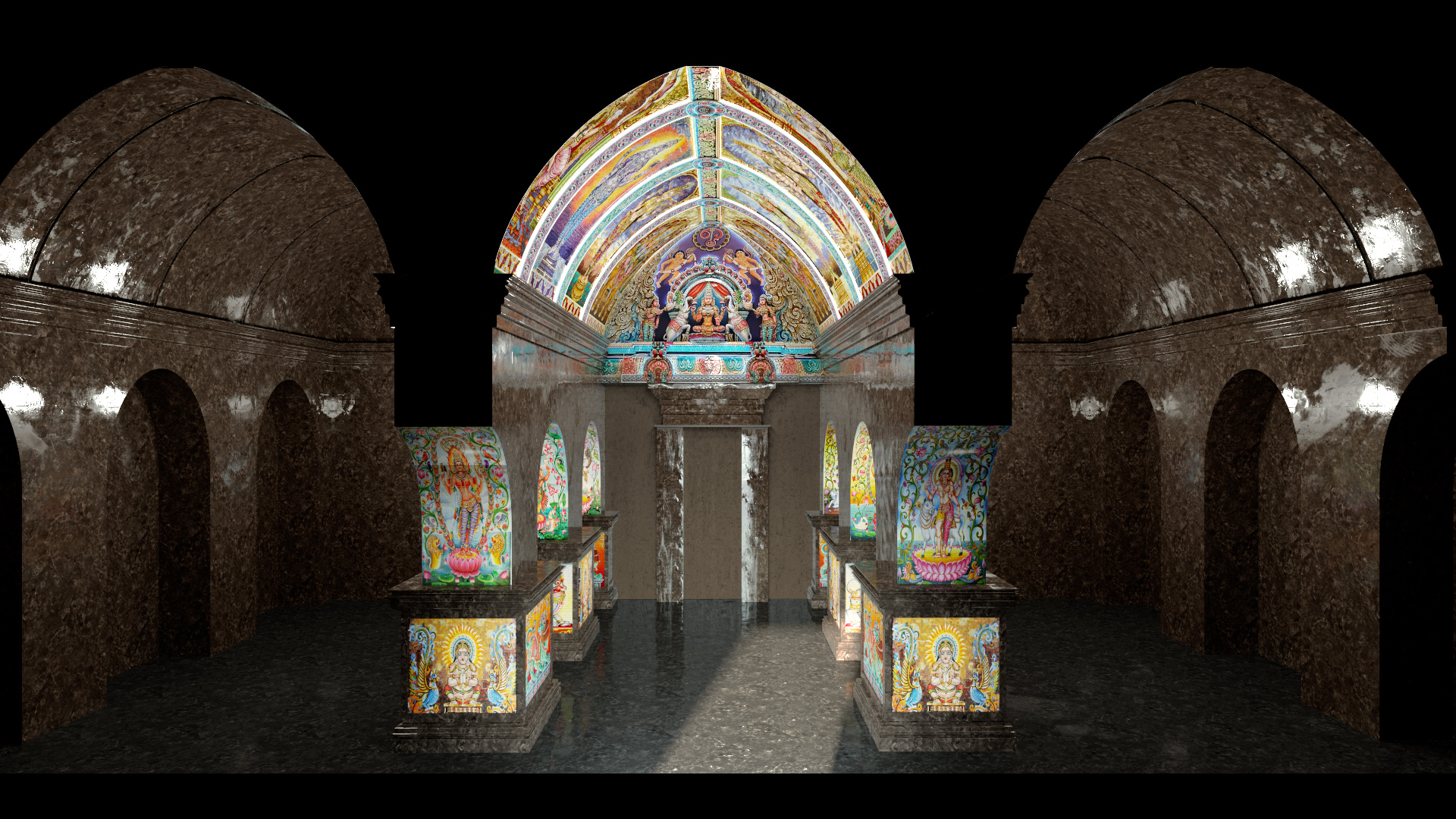The mosaic art in the Deities of the Sri Mariamman Temple in Bangkok
For its beauty and grandeur, it is visited every year not only by the Hindu population, but also by thousands of tourists.
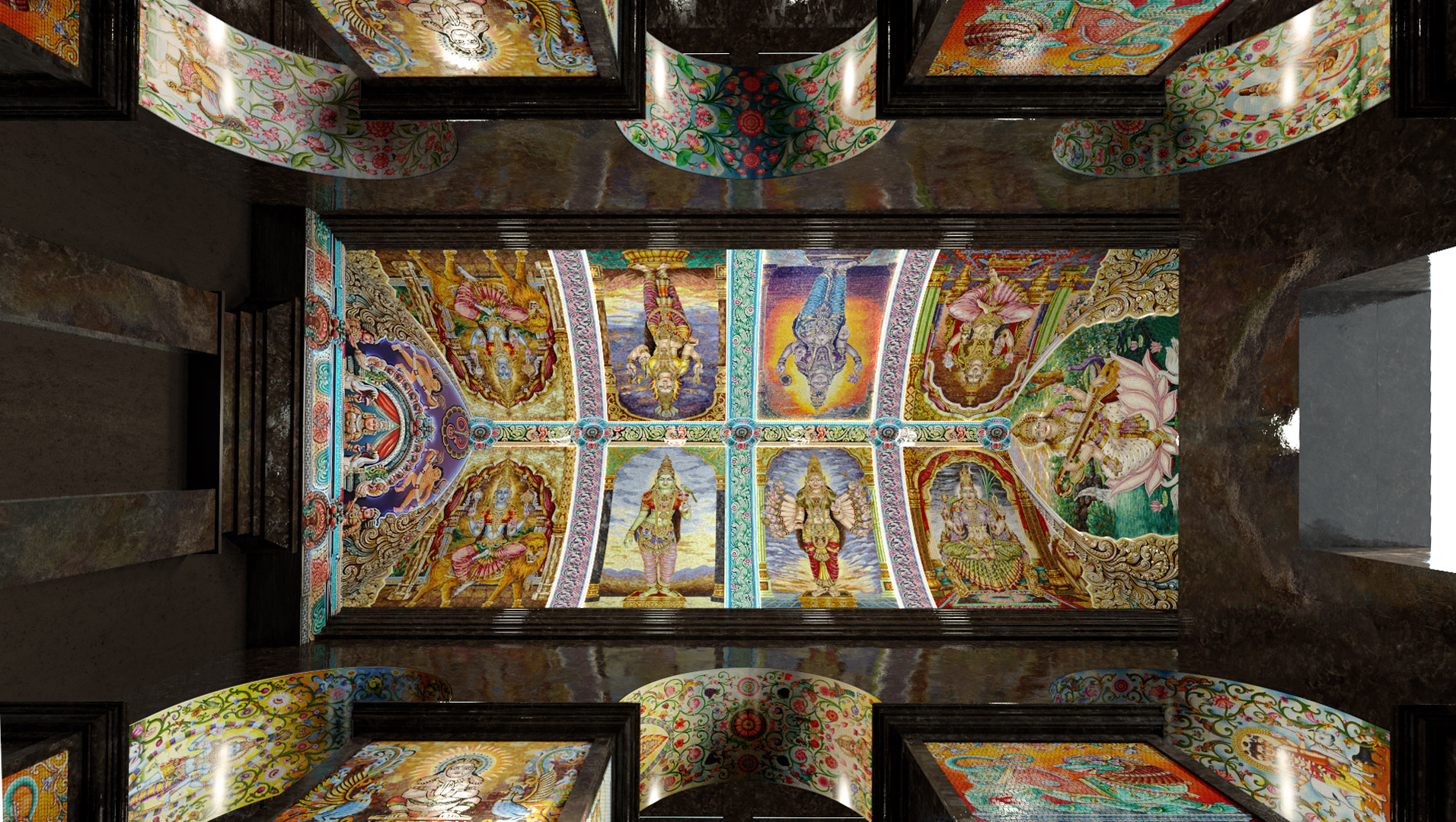
01. Intro
The Sri Mariamman Temple, located in the Bangrak district, in the vital center of Bangkok, is the largest Hindu shrine in the world outside India. Built in 1879 by Vaithi Padayatchi, a Tamil Hindu immigrant, it is also the oldest of all Thailand.
The façade has an incredibly varied style, with a riot of colors and images of deities in a multitude of shapes and sizes. At the entrance there is a gopura, a monumental tower 6 meters high, finely decorated. Inside the complex there are three sacred buildings dedicated to Ganesh, Kartik and in the main one to Sri Maha Mariamman, where the statues of the deities, divine figures of Hinduism, are located.
To ensure the survival of this place and its integral sacredness, the family that currently guards the temple took the important decision to replace all the traditional paintings with mosaic works. The mosaic is recognized as an ‘eternal painting’, which does not deteriorate and maintains the splendor of the colours and the vigor of the figures represented over time.
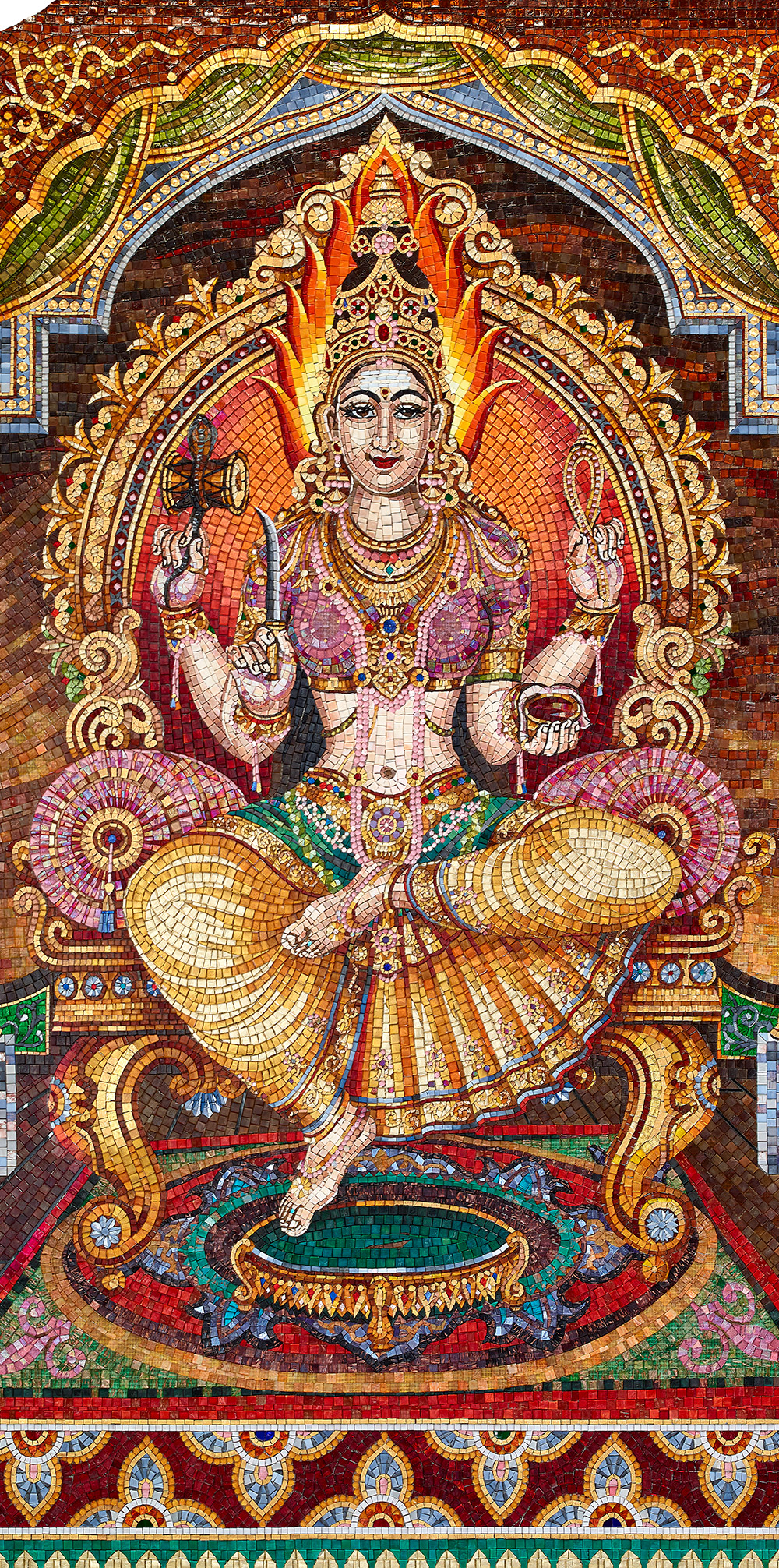
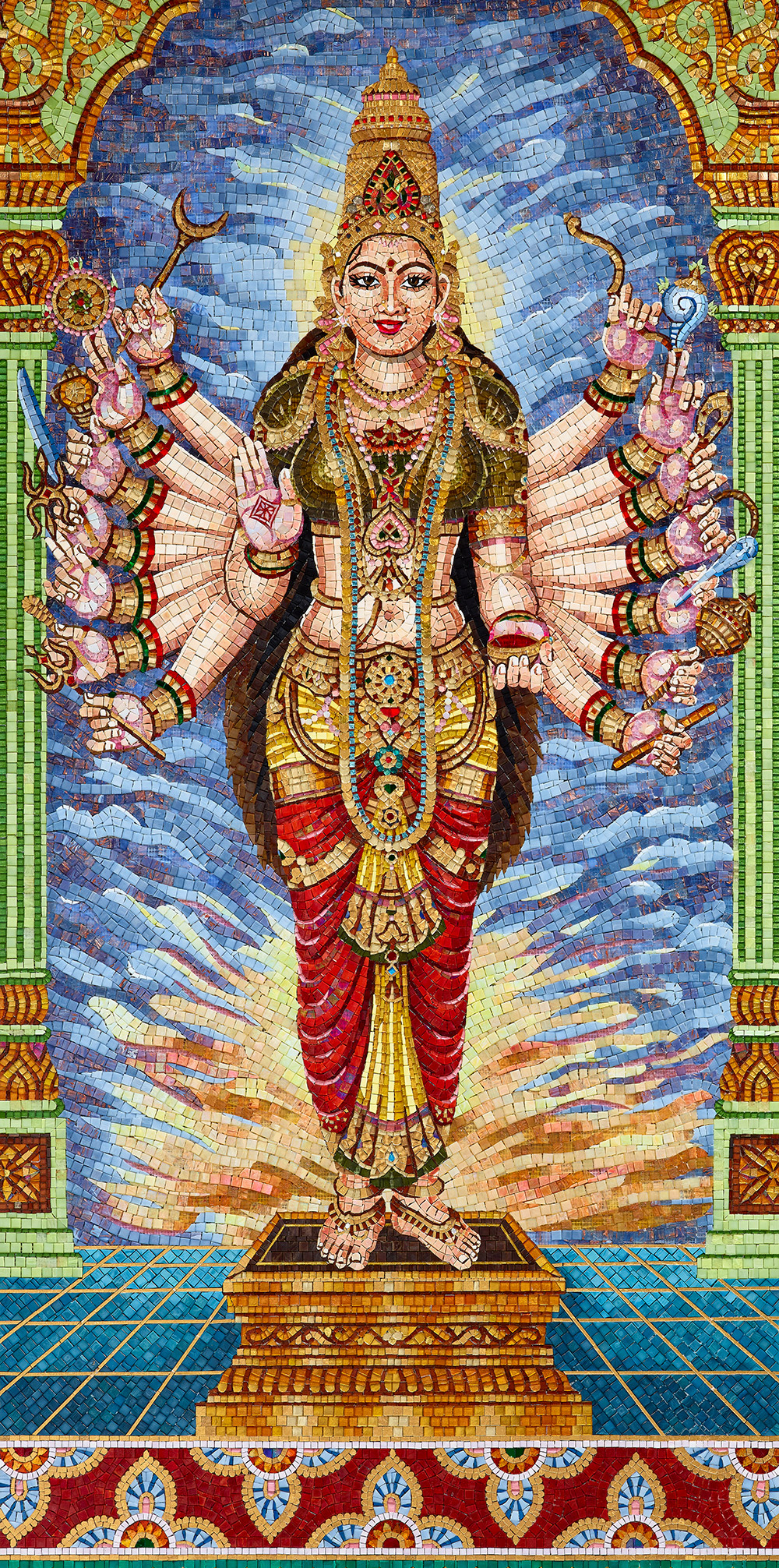
02. The development
The delicate task was entrusted to SICIS which, using gold and Murano glass tesserae, skilfully elaborated these works through the technique of artistic mosaic. The internal artists of the committee in charge of the sanctuary painted the deities by hand and these were then sent to SICIS Ravenna laboratories. Here all the artworks have been recreated with the double indirect method (registered patent no. 0.000.222,556), created in 1989 by SICIS President and owner, Maurizio Placuzzi. With the evolution of the traditional technique of processing mosaic works, it’s possible to define all production phases in Ravenna laboratories, where there are a hundred artists specialized in mosaic art, and subsequently move them in their final places.
Each fresco was thus meticulously reconstructed, choosing the right tone for each brushstroke, for each detail. In particular for the incarnates, which are different and often representative of the divinity, the selection process of the tiles was crucial and in this the infinite palette of SICIS tiles was really of primary importance.
The mosaic masters thus recreated the images, paying maniacal attention to the expressions of the faces, the position of objects and symbols. In addition to the artistic mosaic, we find works in micromosaic and minute mosaics, which are extremely precious both for the creation of materials and for the technical preparation followed by art masters with special skills normally used for the production of fine portraits and jewelry.
The project, due to its complexity and historical-artistic content, was divided into various phases. Initially, there were created the first two deities placed at the entrance to the temple: Sri Maha Mariamman and Shiva.
Subsequently the external walls of the main chapel and the independent temple were covered with gold and gold leaf mosaic. Here the sunlight shines on the golden tiles, generating a dazzling, almost enveloping effect.
In the second phase, the nine Hindu deities were produced and installed, positioned in the vault of the central nave of the temple, the most spectacular part, in the niches and on two of the walls. This second phase has been the most prestigious to date and has seen the involvement of over 80 SICIS Lab mosaic masters, who have collaborated alongside the temple commission.
Up to now more than 6 million mosaic tiles have been used, an even more impressive number if we think that they have been masterfully worked one by one by the hands of those who selected, cut and elaborated the individual paintings.
The project provides for further developments that will continue for at least another two years due to its majesty, with the implementation of another twenty divinities that will be placed on the two side vaults of the temple. In addition, 12 micromosaics will be completed for the base of the main nave of the temple.
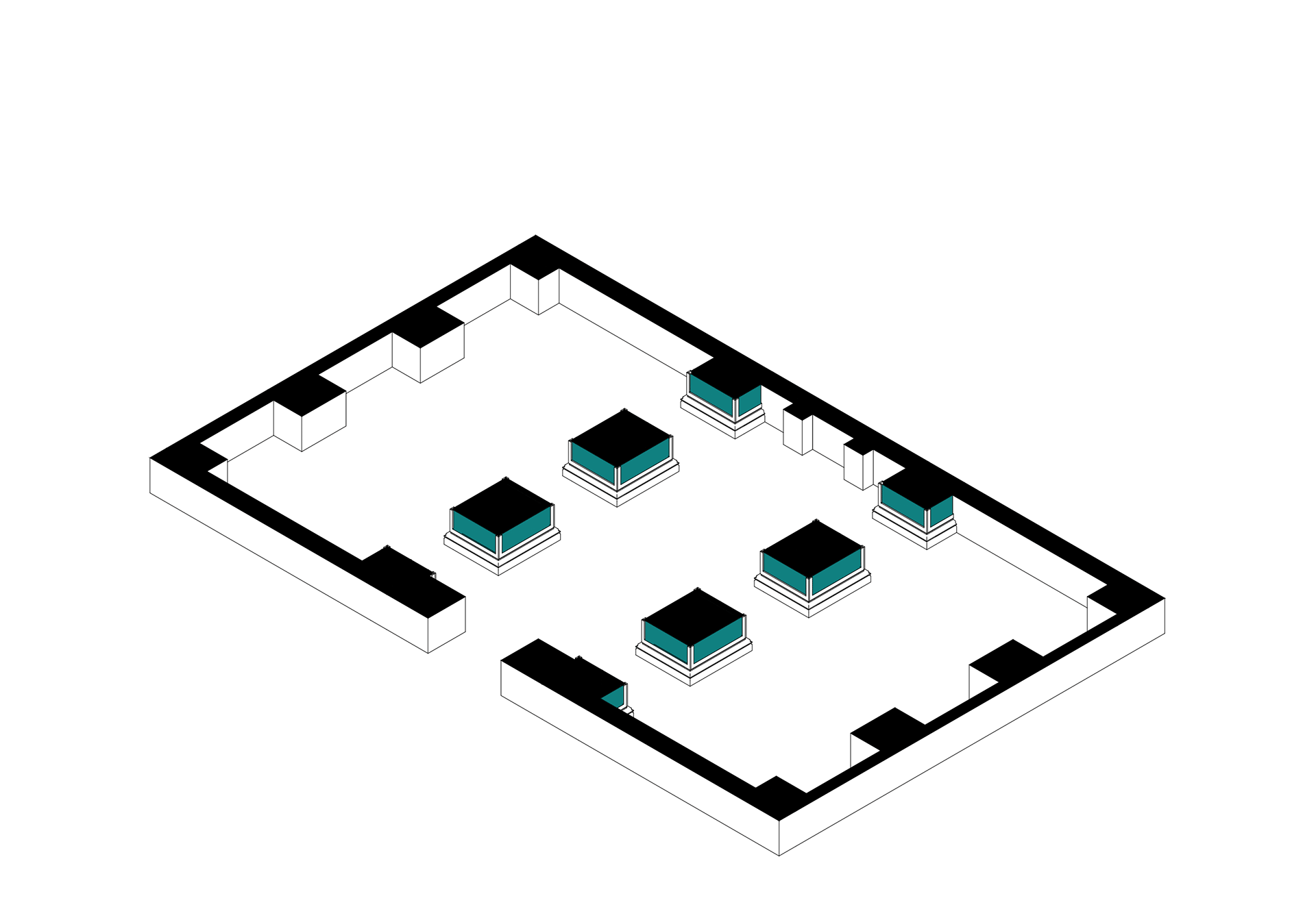
Project info
-
Place
Thailandia
-
Designer
SICIS Design Team
